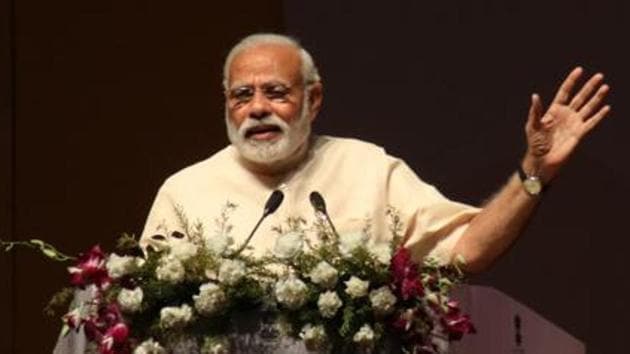Assembly elections 2017: How the Opposition lost to Modi across India
The verdict of the recent round of assembly elections in five states is an indication of the endorsement of the feeling of nationalism that the BJP has been able to arouse amongst large sections of Indians
The verdict of the recent round of assembly elections in five states is an indication of the endorsement of the feeling of nationalism that the BJP has been able to arouse amongst large sections of Indians, more than the failure of the opposition parties or the disapproval of the work done by the respective state governments.

Such an emphatic victory of the BJP and the massive support it managed to garner (39.7% votes in UP, 46.5% votes in Uttarakhand; according to provisional numbers) clearly indicates that the voters at least in UP and Uttarakhand, voted for the BJP rising above caste considerations. The party not only managed to hold on to its core supporters, but also attracted a large number of voters cutting across caste communities. This verdict should be interpreted as an approval of the policies of the central government, the continuing popularity of Prime Minister Narendra Modi and an intact support base of the BJP; even three years after coming to power at the Centre. These results also indicate the very strong ability of Narendra Modi to connect with voters at large, as was visible from the crowds which he managed to attract during his road shows in Varanasi. The BJP did lose the assembly elections in Bihar and Delhi, but these victories in UP and Uttarakhand indicate that the wave created in UP and Uttarakhand during the 2014 Lok Sabha elections continues abated.
Being badly defeated in Uttarakhand and UP, the Congress still can take solace in having returned to power in Punjab with increased popularity (38.5% vote share at the time of writing, compared to 33% in the 2014 Lok Sabha); but credit for its victory should go more to the misgovernance of the Akali-BJP rule in the last two decades, rather than to any attraction towards the Congress. Even though there was a new alternative available to the voters in the form of the Aam Adami Party, voters in Punjab preferred to vote for the Congress, mainly due to the personal popularity of its chief ministerial candidate Amarinder Singh. The Congress can also take solace in having been in serious contests in Manipur and Goa.
But the two parties which are in real trouble are the SP and BSP which have been routed in Uttar Pradesh. The vote share of the SP-Congress combine and BSP in UP indicate that these parties may only have managed to hold on to their traditional vote banks and failed miserably to attract voters from other castes and communities. Clearly voters were not attracted to the “Kaam bolta hai” campaign of the SP-Congress alliance. Mayawati has also failed miserably in impressing upon the voters of UP that the policies of the Modi government have not helped the poor and downtrodden. Clearly, all the parties opposing the BJP in these five states namely the SP, the Congress, the BSP and the AAP failed to create any narrative of either development or of a new definition of nationalism which could match or counter that propagated by the BJP during the campaign.
With these victories, the BJP has created a kind of history in the states of UP and Uttarakhand. In UP it has managed to win more than 300 seats, the biggest victory ever registered by any political party in the state. It was way back in 1980 that the Congress managed to win 294 seats out of the 403 assembly seats in the UP assembly. Similarly, in Uttarakhand it created history by winning the largest number of seats (56) and with the biggest margin of votes. All previous assembly elections in the state were decided by a narrow margin of one or two per cent votes.
The massive victory of the BJP in UP and Uttarakhand reinforces the popularity of Narendra Modi as the Prime Minister and the BJP’s undisputed and most popular leader. These results also indicate an endorsement of the policies of the central government especially ‘notebandi’. The BJP has also managed to perform reasonably well in Goa, a state where it was the ruling party; and in Manipur, a state where it was hardly present.
These victories have certainly brightened the chances of the BJP for the 2019 Lok Sabha elections, and would force the opposition parties to rethink their strategy. No single party seems to be a match for the growing popularity of the BJP and no leader seems to be anywhere close to the emulating the magic of Narendra Modi. These parties and leaders need to write a new narrative, because the old idioms no longer work.
Sanjay Kumar is a professor and currently the Director of CSDS. The views expressed are personal.





